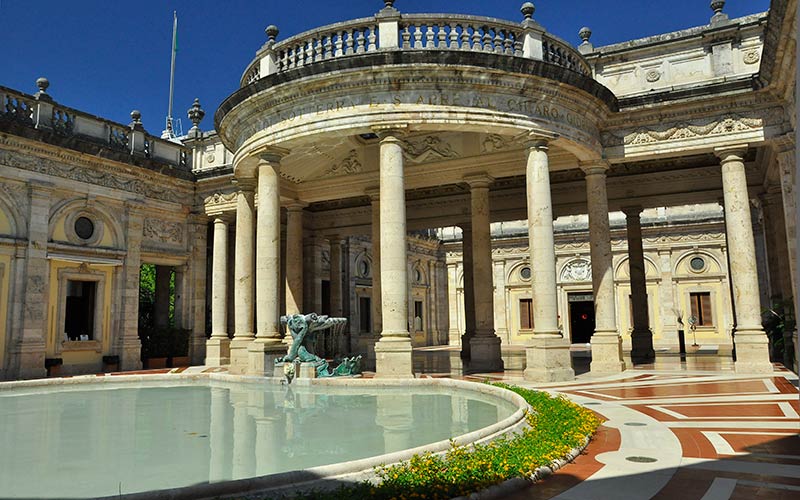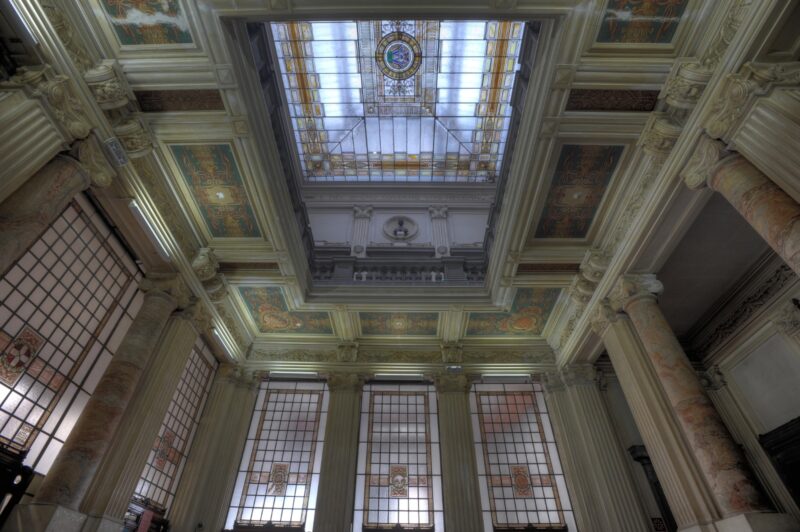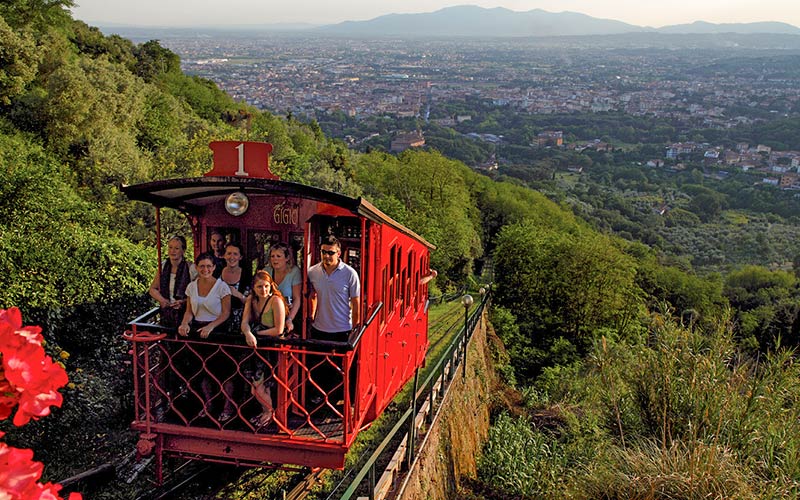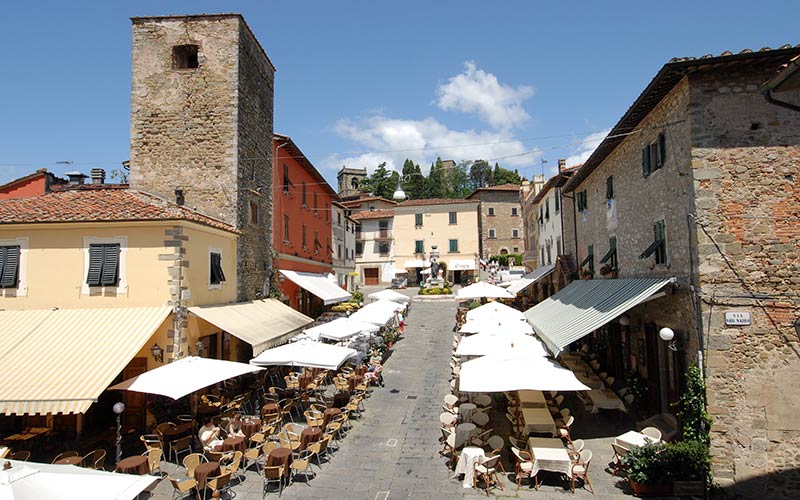Villa d’eau and Garden city
“The identity of Montecatini ville d’eau [spa town] is basically universally recognisable. That’s why it has been chosen, the only one in Italy, to propose the transnational Unesco candidacy of the major European spa towns, based on those characteristics of authenticity and integrity that are a prerequisite for inclusion on the World Heritage List”¹
Montecatini Terme was founded in the 18th century by Grand Duke Peter Leopold of Habsburg-Lorraine. Thanks to its natural and thermal characteristics, the city experienced a particularly happy period between the end of the 19th century and the first three decades of the 20th century, becoming a place of attraction for an international public and hosting the likes of Giuseppe Verdi, Ruggero Leoncavallo, Pietro Mascagni and Giacomo Puccini.
¹ C. Massi, Montecatini Terme: l’identità della ville d’eau, in Estratto dal «Bollettino dell’Accademia degli Euteleti», n. 80/2013 pp. 553-565.

Between the eighteenth and nineteenth centuries, the modern ‘spa city’ took shape through the materialisation of two different concepts: the water city and the garden city. In fact, it presents the typical elements of the modern ville d’eau with elegant boulevards, such as Viale Verdi, along which cinemas, theatres and hotels face each other; and the city park, around which the traditional spa complexes were established, sometimes revisited in the Tuscan architectural style, through a reinterpretation of eclecticism and Art Nouveau². Even today, the city is characterised by its countless parks and green spaces where one can stroll and enjoy a relaxing atmosphere rich in culture.
The grandiose Terme Tettuccio complex is certainly one of the most significant examples of the city’s various spa architectures, with its monumental forms, reminiscent of Roman baths in a style somewhere between eclectic and neo-Renaissance, the building stands central to the optical cone of Viale Verdi, framing the medieval village on the hilltop.
² C. Bocchio, C. Massi, Montecatini Terme nella candidatura seriale transnazionale “The Great Spas of Europe”, La Convenzione UNESCO sulla Protezione del Patrimonio Mondiale, in «Bollettino della città di San Miniato», n. 86, 2019, p. 140.
Mo.C.A. – Montecatini Contemporary Art

Furthermore, since 2012, the artistic and cultural offer has expanded since the birth of the city’s first Civic Gallery: the Mo.C.A. (Montecatini Contemporary Art) within which it is possible to admire works of international importance such as the monumental and imposing painting by Joan Mirò “Woman wrapped in a flight of birds” made between 1975 and 1978 and donated by the artist to the city.

Dietro il parco termale, in posizione centrale, si trova la stazione di partenza della Funicolare costruita alla fine dell’Ottocento per collegare la cittadina di Montecatini Terme con il Castello di Montecatini Alto.
Montecatini Alto
The historic center of Montecatini sits on top of a hill, at an altitude of 290 meters. The enchanting uptown looks out over the entire valley below, offering breathtaking panoramas of the Valdinievole.

It can be easily reached in just ten minutes from Montecatini Terme by car, or on foot by walking along the so-called ‘short’ road, an old path that winds up to the top of the hill. The uptown stretches over two hills: one is dominated by the ancient Rock of the Old Castle (also known as the Tramontana Castle), the Church of Saint Peter and the Bell Tower; and the other is characterized by the core of buildings made up of the Tower of the New Castle (also known as the Clock Tower) and the Church of Carmine, in which a painting dating back to 1595 depicting the Martyrdom of Saint Sebastiano can be found. In the background of this beautiful painting, a view of the town and its surrounding lands of that epoch can be admired.
In the past, Montecatini Alto was surrounded by bulwarks that could be accessed through eight gates. Today, only one gate is still intact – Porta di Borgo- alongside the Church and Monastery of Benedictine nuns of Saint Maria a Ripa. A stroll around the ancient walls, a stop in front of poet Giuseppe Giusti’s home, or the house of Ser Ugolino Caccini, the first to celebrate Montecatini’s thermal waters; a walk to the main square towered by the Teatro dei Risorti and its original Art Nouveau décor; to browse around craftsshops and taste delicious local food prepared in the typical restaurants: these are just some suggestions on how to savor Montecatini Alto and bring home the memories of a sweet, relaxing land.
